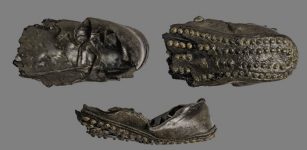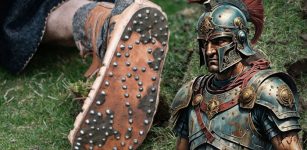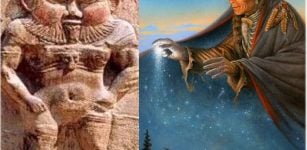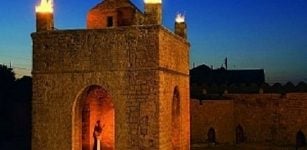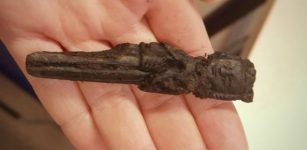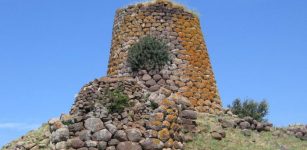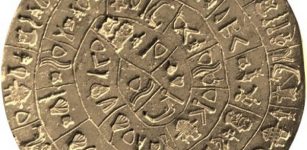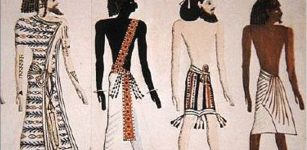Mythical Temple Of Wingded Warrior God Haldi In The ‘City Of The Raven’
MessageToEagle.com – Scientists have been searching for an ancient temple dedicated to a winged warrior god Haldi for centuries.
Was the temple just an ancient myth or did it exist in reality?
Now, a dedicated local archaeologist thinks he has finally located this remarkable mythical temple in the “City of the Raven” where it resided.
The problem is the ancient ruins are in the middle of a war zone and this piece of ancient history could be destroyed at any time.
More than 2,500 years ago, the temple was the shining glory of the ancient capital city of Musarir, also known as Ardini, in modern-day Iraqi Kurdistan.
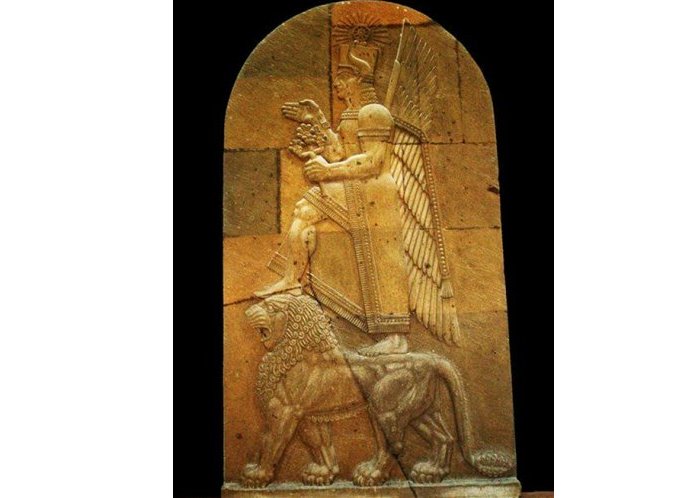
It is widely believed that the temple was built in the late ninth century BC to honor the god Haldi, a winged warrior standing on a lion and the goddess Bagbartu in the Iron Age kingdom of Urartu, which considered Haldi its national deity.
In ancient times, Musarir was referred to as the “City of the Raven”. This is interpreted by scholars in various ways.
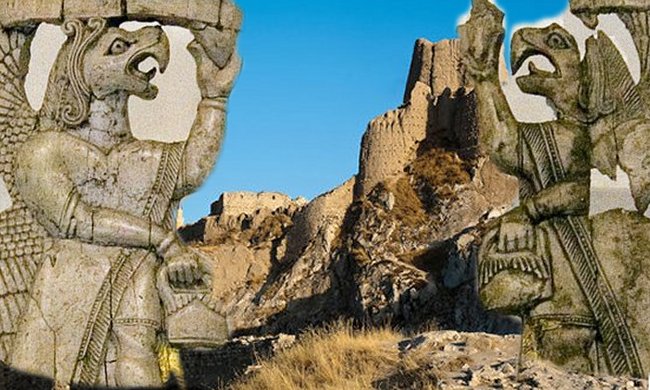
Some think that the raven could be related to Haldi, becuase Mithra was another face of Haldi in the Roman period, and the raven was one of the symbols of Mithra.
There are supposed to be underground temples of Mithra in the Bradost caves.
Other archaeologists have proposed City of the Raven got its name because the houses of the city were built on a rocky mountain slope, nesting there like ravens.
The capital city had long been written about, first by an Assyrian king who said it was “the holy city founded in bedrock,” then by a later king who referred to the city’s ruler as a “mountain dweller,” and its own seal called it “the city of the raven.”
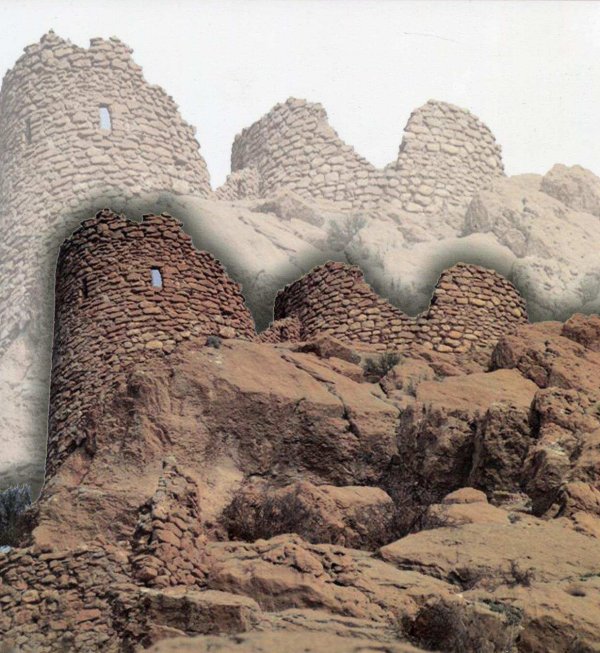
Marf Zamua, who teaches at Salahaddin University in Erbil, the capital of Iraqi Kurdistan, and is working on his PhD in Assyriology in the Netherlands, began collecting these recently exposed pieces. The 17 column fragments he has found so far have led him to believe he’s discovered the long-lost temple of the winged warrior god Haldi. Along with these major finds are a collection of relics, seven stone statues, pottery, and a bronze depiction of a wild goat found in the area.
See also:
Mysterious Lost Kingdom Of Urartu And Its Enigmatic History
Ancient Script Reveals Mysterious Location Of Legendary Hanging Garden Of Babylon
Is Mysterious Prehistoric Jiroft The Legendary Land Of Aratta?
Zamua went from village to village looking for what had been uncovered. “Most of the objects [were] re-used for their daily life, such as using column bases as stairs and seatsand statues as column stones in their houses,” he said.
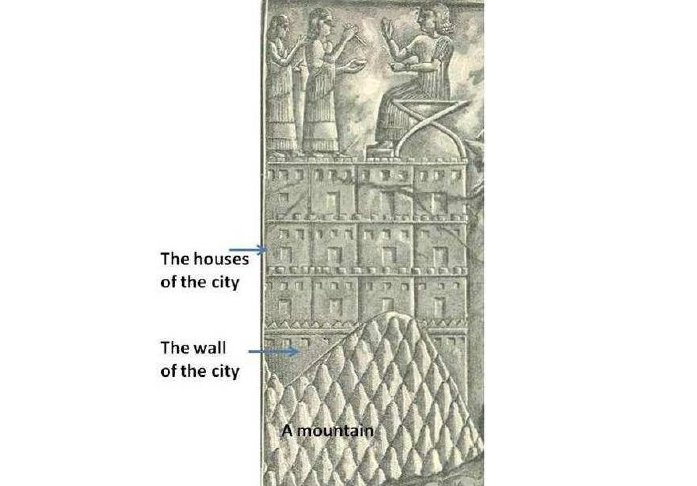
He also made a connection between architectural similarities between the modern village and the ancient city-idiosyncrasies in building styles that are uncommon elsewhere in the region, like the lack of outer compound walls and stacked houses.
According to Paul Zimansky, Professor of archaeology and ancient history at Stony Brook University, the general area has been thought to contain the mythic temple for many years.
Although he is not yet fully convinced the temple’s discovery, he says the bases found “may well belong to some sort of public building of the appropriate time.” He calls Marf Zamua’s discoveries “a major contribution to the archaeology of this valley.”
“I hope he can continue his work in spite of all the political turmoil,” Zimansky says. “The remoteness of the area has been both its curse and its blessing throughout history.”
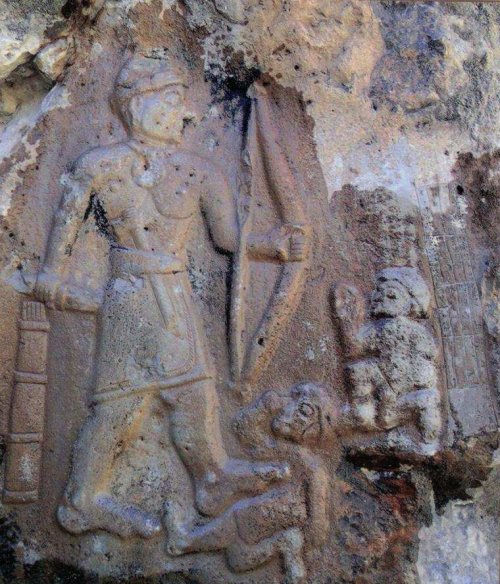
The ancient temple is in the middle of a war zone and uncovering ancient treasures in Iraq has posed a huge challenge for excavators.
In the same way as Sargon II plundered Urartu to fund his war chest, antiquities across Syria and Iraq have been bombed flat and looted by rebels and government forces alike. In Iraq, invading militants of the Islamic State of Iraq and al Sham have torn through Mosul’s museum and are destroying ancient treasures at an alarming rate.
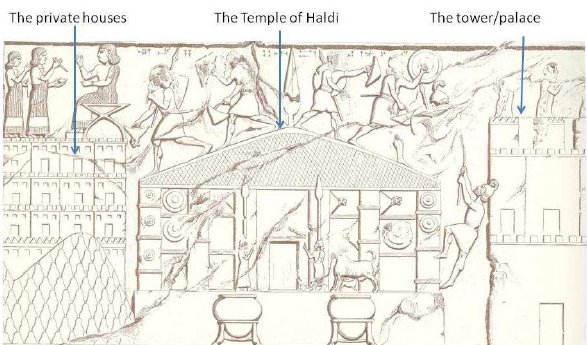
Marf Zamua denounces the pillaging, but says the rebels have been targeting Islamic architecture and relics more than pre-Islamic sites. Luckily, the Kurdish army has been successfully protecting the border since the surge, and Marf Zamua says he’s unconcerned about the interference with his work-he and the local antiquities department are moving ahead with plans to launch fuller excavations into locations where the objects were found
There is no telling whether the remnants of a mythic temple built to honor a winged man on a lion’s back will survive its resurrection.
“They destroy anything they do not like,” Marf Zamua says of the modern-day invaders.
First version of this article was originally published on August 8, 2014
Copyright © MessageToEagle.com. All rights reserved. This material may not be published, broadcast, rewritten or redistributed in whole or part without the express written permission of MessageToEagle.com

